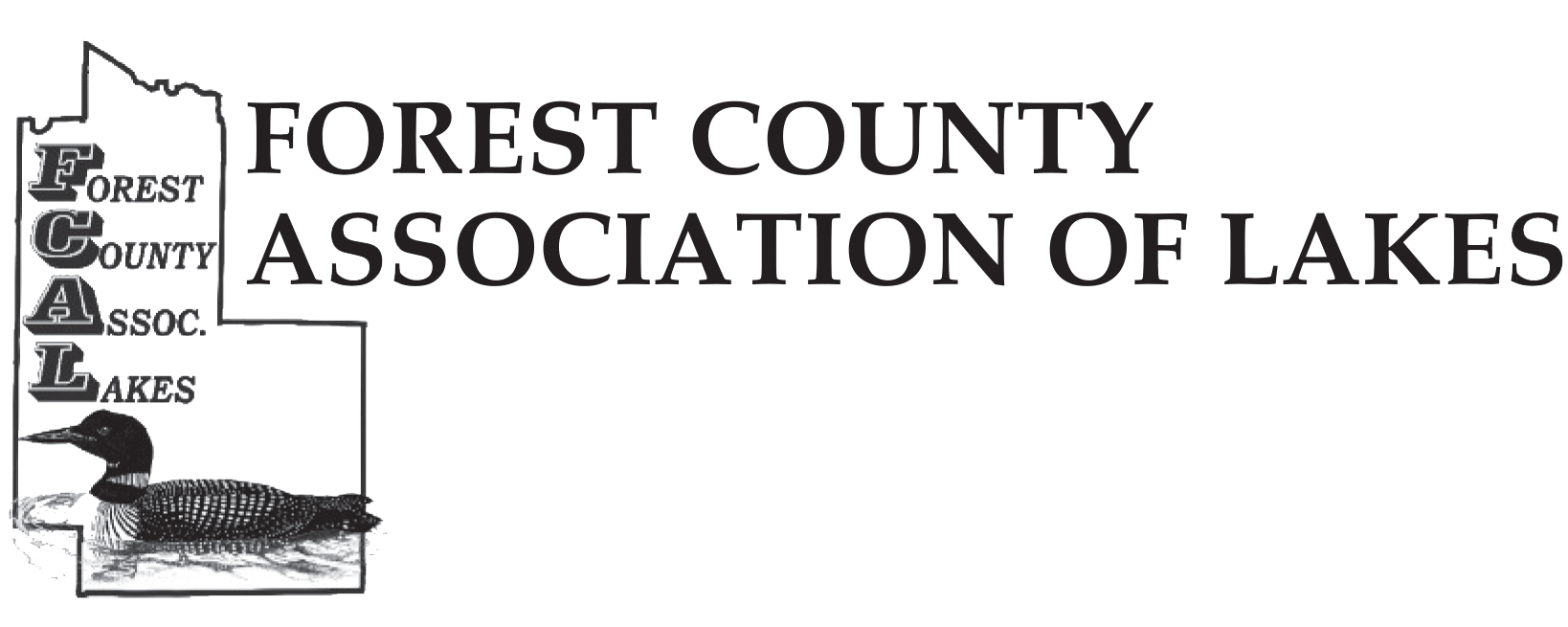Last week, we marked the spring equinox on March 20, the first day of spring. I’m sure many of us are thinking about the change of seasons and the hope of warmer days to come. The warmer temperatures can also bring up the idea of climate change. There are many theories as to what our climate will look like in the future, the fact is that atmospheric carbon dioxide is at its highest level Earth has ever seen and this is increasing the average temperature.
The main cause of climate change is the increase of carbon dioxide (CO2) production by humans in the form of burning fossil fuels like gasoline and coal. Carbon dioxide is a greenhouse gas in the atmosphere, meaning it helps keep Earth insulated from outer space and holds in the heat of the sun. This is important for life on Earth, but when too much carbon dioxide is produced, too much heat is retained in the atmosphere, creating an increase in the planet’s average temperature.
Carbon dioxide in the atmosphere has only been recorded since 1958 at Mauna Loa Observatory in Hawaii, but data from thousands of years ago can be reconstructed from air bubbles trapped in the ice of glaciers.
Forests constantly adapt to changing conditions. Climate change has many factors that can affect the health of your woodland or property, including new weather patterns, rising temperatures, and changes to seasonal precipitation. These factors can create even more problems for your property, such as increased frequency and intensity of pests, invasive species, wildfires, and storms. Here are some tips I’ve found to consider to protect your property, especially your woods:
- Keep Forests as Forests: Larger and more connected forests are more resilient and less impacted by stressors. Prevent fragmentation of your woods with a management plan and a legacy plan.
- Reduce Stressors: Diverse forests with healthy trees tolerate pests and diseases better.
- Address Vulnerabilities: Keep a variety of native tree species on your property as well as a variety of ages of trees.
The impact of climate change can be projected using forest impact computer models. The Climate Change Response Framework has a lot of useful information for landowners. They even have projections on which species of trees will likely decrease or increase due to the changing conditions. Take a look at their full documents to compare all species of Northern, Southwestern, and North Central Driftless Wisconsin.
| Species likely to decrease: Balsam fir Black ash Black spruce Northern white-cedar Paper birch Quaking aspen White spruce Yellow birch |
Species that may increase: American basswood American elm Black cherry Bur oak Ironwood Northern pine oak White ash White oak |
Bolded species are found in the lists for all areas of Wisconsin. The non-bolded species are for northern Wisconsin only.
Conservation Corner is a weekly article produced by the Forest County Land & Water Conservation Department. For more information contact Steve Kircher, County Conservationist-Land Information/GIS Director at 715-478-1387 or by e-mail at .
